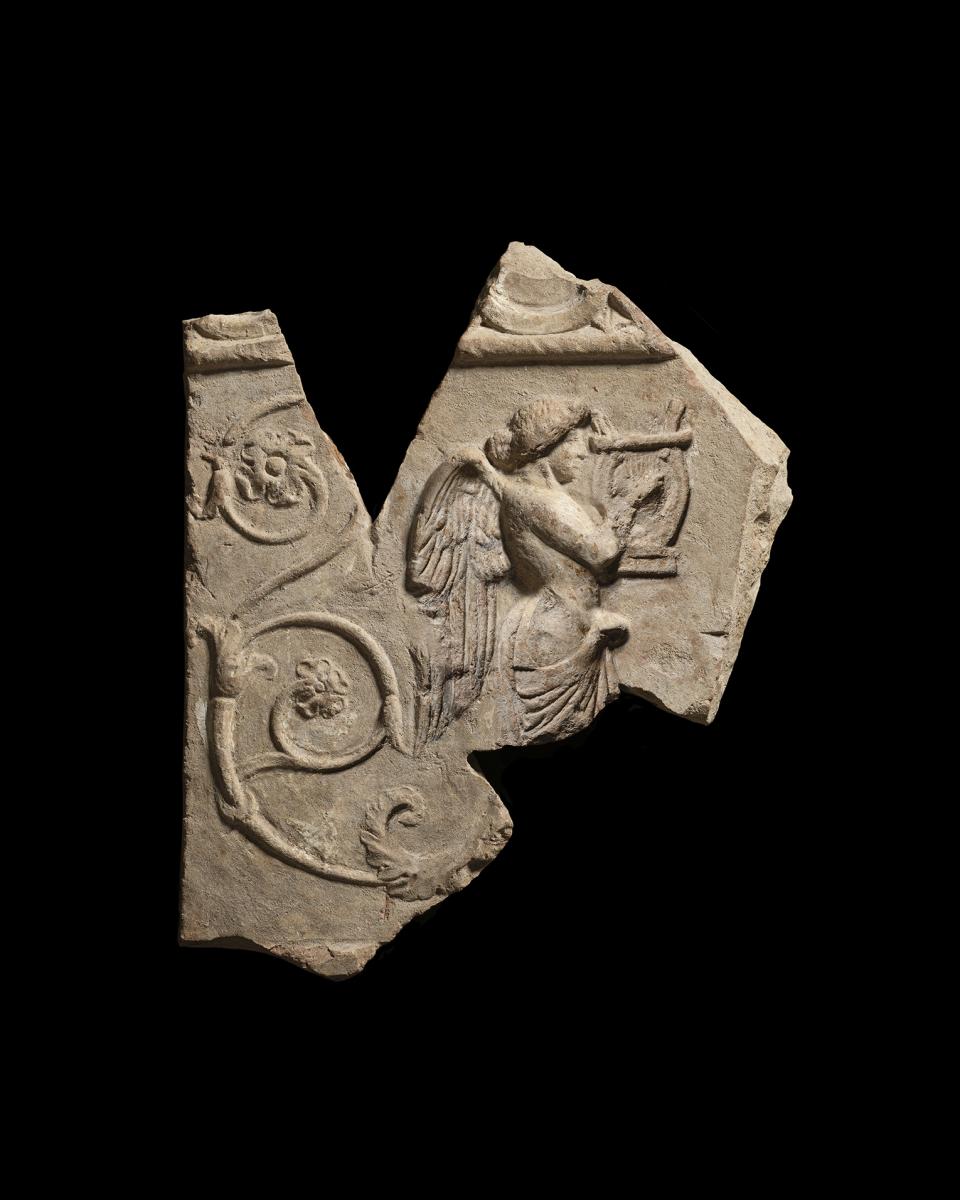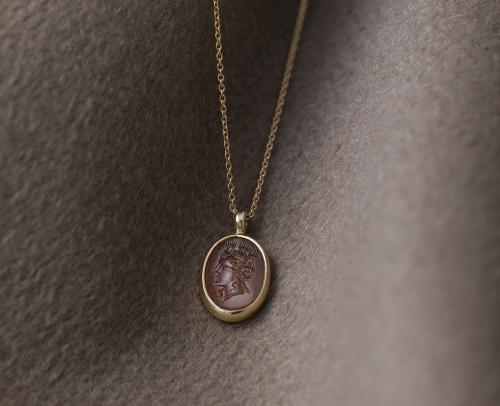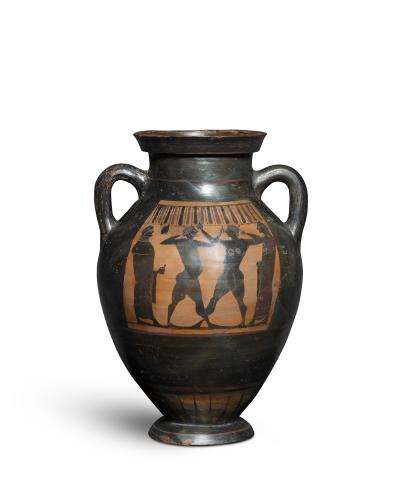

Price on application
This object is eligible for a Certificate of BADA Provenance
The BADA Standard
- Since 1918, BADA has been the leading association for the antiques and fine art trade
- Members are elected for their knowledge, integrity and quality of stock
- Our clients are protected by BADA’s code of conduct
- Our dealers’ membership is reviewed and renewed annually
- Bada.org is a non-profit site: clients deal directly with members and they pay no hidden fees
A Roman terracotta Campana relief fragment.
Late 1st century BC - early 1st century AD.
Depicting a winged genius with drapery around the hips, playing a lyre, with scrolling tendrils behind, a small portion of the upper border remains.
Provenance
Artemis A.W. Joukowsky (1930 - 2020) and Dr. Martha Sharp Joukowsky (1936 - 2022), Providence, RI, acquired 1967 - 1974; thence by descent.
Published
T. Hackens and R. Winkes, eds., Love for Antiquity: Selections from the Joukowsky Collection, Louvain-la Neuve, 1985, pp. 100-102, nos. 74-76.
Exhibited
Providence, Bell Gallery, List Art Center, Brown University, Love for Antiquity: Selections from the Joukowsky Collection, 12 October - 8 November 1985.
Literature
'Campana' reliefs take their name from Giampietro Campana, Marchese di Cavelli (1808-1880), a prolific collector of Greek and Roman art, who had a number of these reliefs in his collection. Campana reliefs were often made from moulds, from which several copies of the same scene could be taken, and then finished by hand.
This fragment is from a panel with a pair of winged Genii. There are similar examples from the Campana Collection in the Musée du Louvre, acc. nos. S 887 and S 856.
S. Reinach, Répertoire des reliefs, II, Afrique - Iles Britanniques, 1912, p. 284, no. 2; H. von Rohden, Architektonische römische Tonreliefs der Kaiserzeit, 1911, p. 198-202; G. Campana, Antiche opere in plastica discoperte, raccolte, e dichiarate da G. Pietro Campana, Roma, 1851, pl. 111.
Weight
Length: 29.5 cmThe BADA Standard
- Since 1918, BADA has been the leading association for the antiques and fine art trade
- Members are elected for their knowledge, integrity and quality of stock
- Our clients are protected by BADA’s code of conduct
- Our dealers’ membership is reviewed and renewed annually
- Bada.org is a non-profit site: clients deal directly with members and they pay no hidden fees




